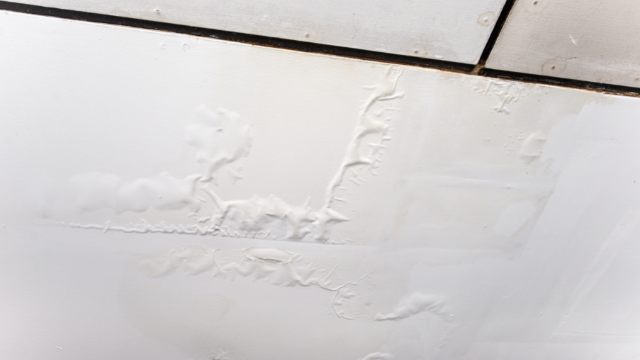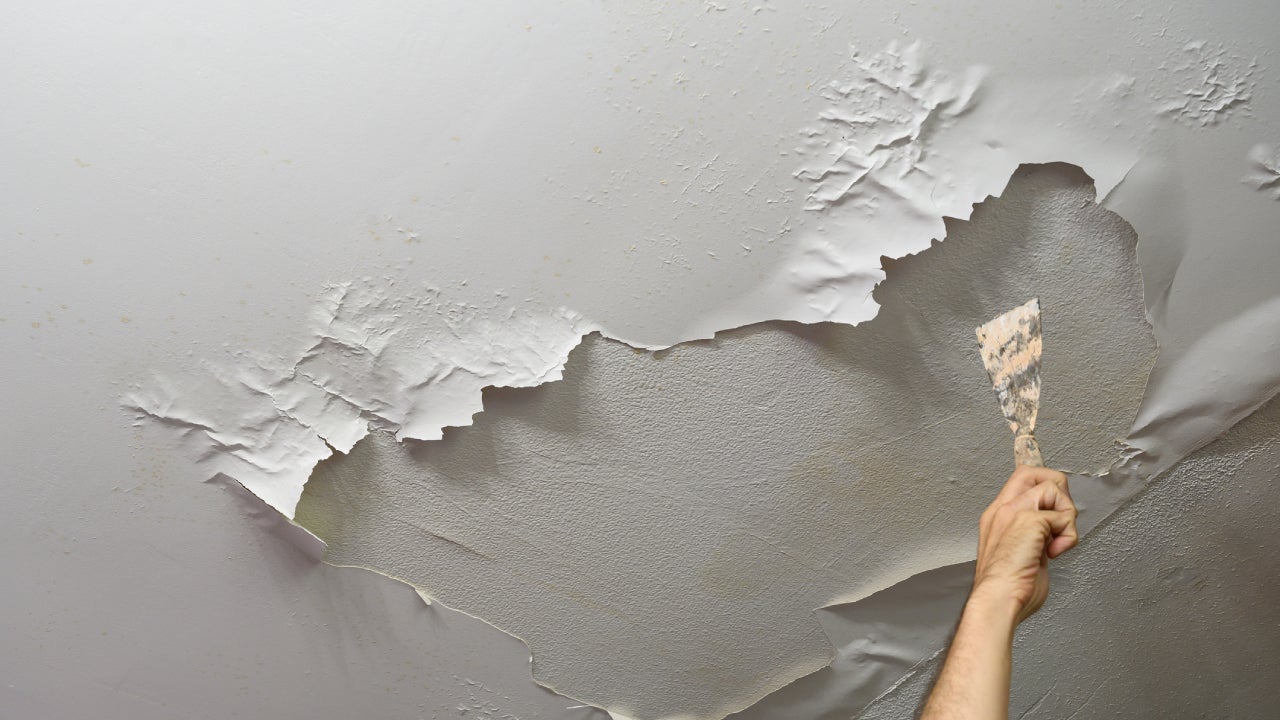Do's & Don'ts of Water Restoration.
Do's & Don'ts of Water Restoration.
Blog Article
How do you feel when it comes to Fire And Water Damage Prevention?

Though water provides life, water breach on components where it's not expected to be can cause damage. It can peel off away surfaces and deteriorate the structure if the water soaks right into your framework. Mold and mildew and also mold likewise flourish in a damp setting, which can be hazardous for your health and wellness. Homes with water damage odor old and also musty.
Water can originate from numerous sources such as typhoons, floodings, ruptured pipes, leakages, and sewage system issues. In case you experience water damage, it would be excellent to know some safety and security preventative measures. Here are a few guidelines on how to handle water damages.
Do Prioritize Home Insurance Coverage
Water damages from flooding as a result of hefty winds is seasonal. You can likewise experience an unexpected flooding when a faulty pipe instantly bursts right into your home. It would be best to have home insurance coverage that covers both disasters such as all-natural disasters, and also emergencies like damaged plumbing.
Don't Neglect to Switch Off Energies
In the event of a catastrophe, particularly if you live in a flood-prone location, it would certainly be recommended to turn off the main electrical circuit. This removes power to your whole residence, stopping electrical shocks when water can be found in as it is a conductor. Furthermore, do not fail to remember to turn off the major water line valve. Furnishings will certainly move around as well as create damages when floodwaters are high. Having the main valve shut off prevents further damage.
Do Keep Proactive and Heed Climate Notifies
Listen to emptying warnings if you live near a creek, lake, or river . Doing so decreases prospective residential property damage.
Don't Disregard the Roof
You can prevent rain damages if there are no openings and leakages in your roofing system. This will certainly avoid water from moving down your walls and soaking your ceiling.
Do Focus On Little Leakages
A ruptured pipe doesn't happen overnight. Generally, there are red flags that indicate you have actually damaged pipelines in your house. You might discover gurgling paint, peeling off wallpaper, water touches, water discolorations, or dripping noises behind the walls. Ultimately, this pipeline will break. Preferably, you should not wait on points to escalate. Have your plumbing fixed before it leads to substantial damage.
Do Not Panic in Case of a Burst Pipe
When it comes to water damage, timing is key. Thus, if a pipeline ruptureds in your home, quickly shut off your main water valve to cut off the source. Call a respectable water damage remediation professional for assistance.
Water provides life, water invasion on components where it's not supposed to be can result in damages. Homes with water damage odor moldy and also old.
Water damages from flooding charges to hefty winds is seasonal. You may discover bubbling paint, peeling wallpaper, water touches, water stains, or trickling sounds behind the walls. When it comes to water damage, timing is key.
Some Do's & Don't When Dealing with a Water Damage
DO:
Make sure the water source has been eliminated. Contact a plumber if needed. Turn off circuit breakers supplying electricity to wet areas and unplug any electronics that are on wet carpet or surfaces Remove small furniture items Remove as much excess water as possible by mopping or blotting; Use WHITE towels to blot wet carpeting Wipe water from wooden furniture after removing anything on it Remove and prop up wet upholstery cushions for even drying (check for any bleeding) Pin up curtains or furniture skirts if needed Place aluminum foil, saucers or wood blocks between furniture legs and wet carpet Turn on air conditioning for maximum drying in winter and open windows in the summer Open any drawers and cabinets affected for complete drying but do not force them open Remove any valuable art objects or paintings to a safe, dry place Open any suitcases or luggage that may have been affected to dry, preferably in sunlight Hang any fur or leather goods to dry at room temperature Punch small holes in sagging ceilings to relieve trapped water (don't forget to place pans beneath!); however, if the ceiling is sagging extremely low, stay out of the room and we'll take care of it DO NOT:
Leave wet fabrics in place; dry them as soon as possible Leave books, magazines or any other colored items on wet carpets or floor Use your household vacuum to remove water Use TV's or other electronics/appliances while standing on wet carpets or floors; especially not on wet concrete floors Turn on ceiling fixtures if the ceiling is wet Turn your heat up, unless instructed otherwise

Do you like more info about Ways to Reduce The Risk Of Fire And Water Damage? Try leaving a remark down below. We'd be pleased to know your responses about this posting. Hoping that you visit us again later on. Enjoyed our review? Please share it. Let someone else check it out. Many thanks for your time. Kindly pay a visit to our website back soon.
Report this page